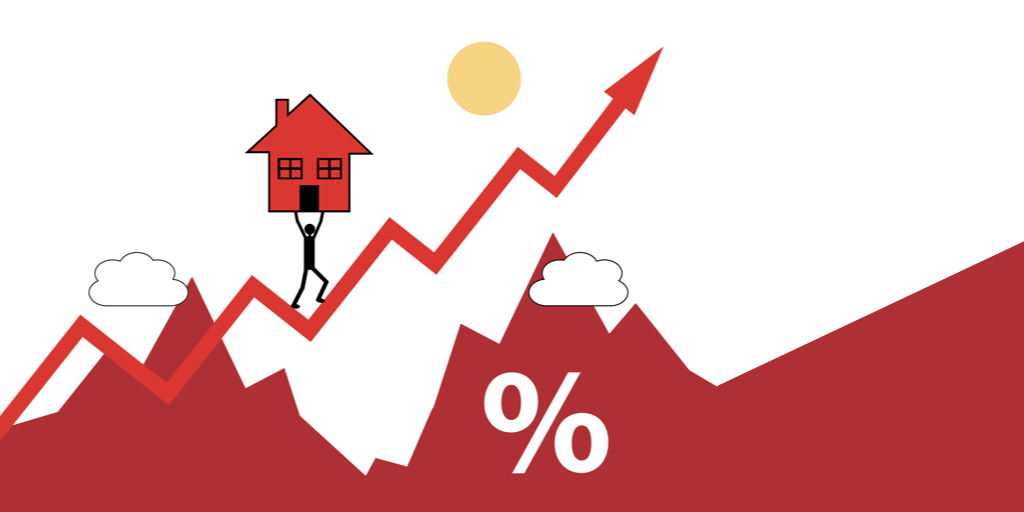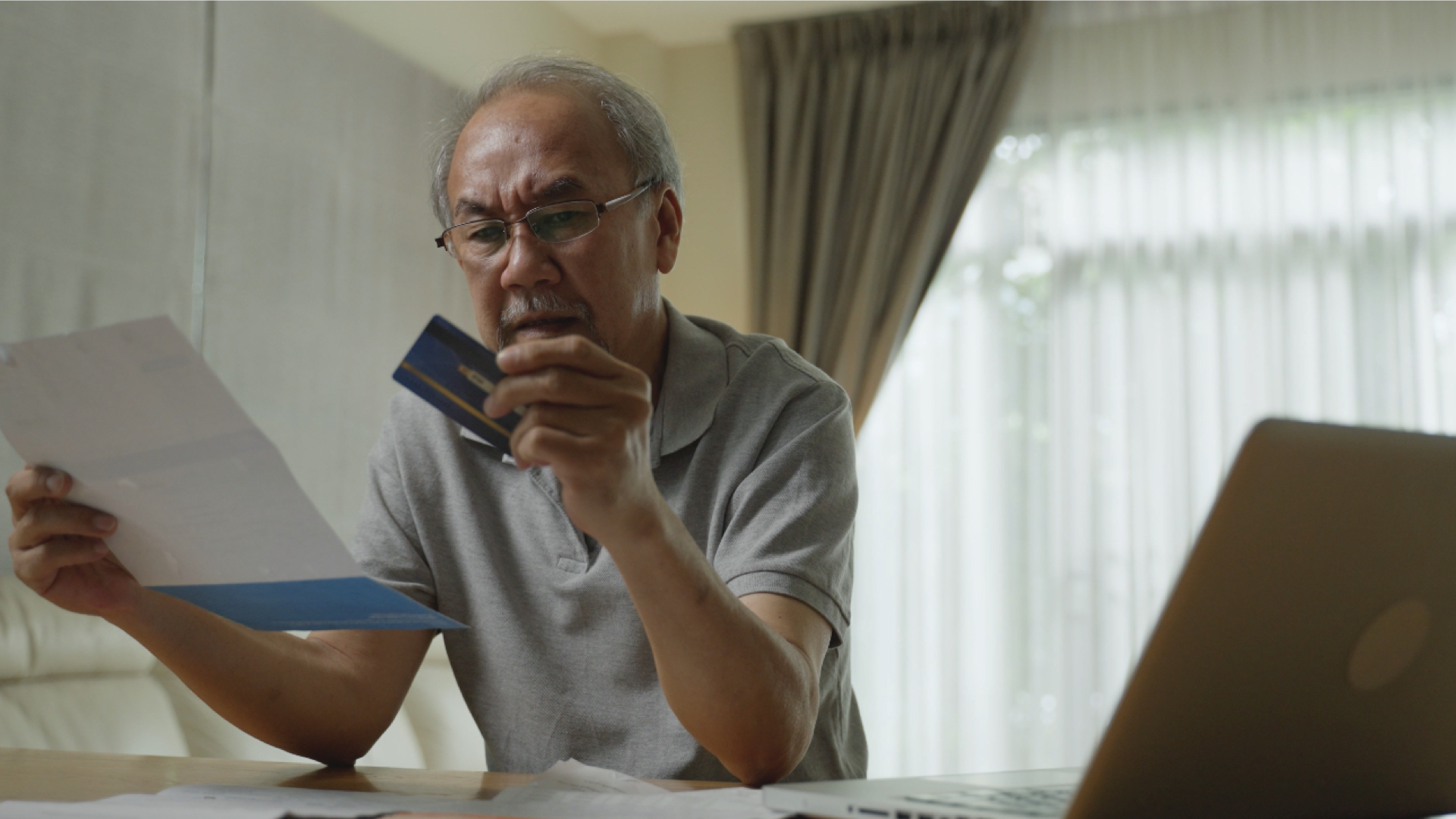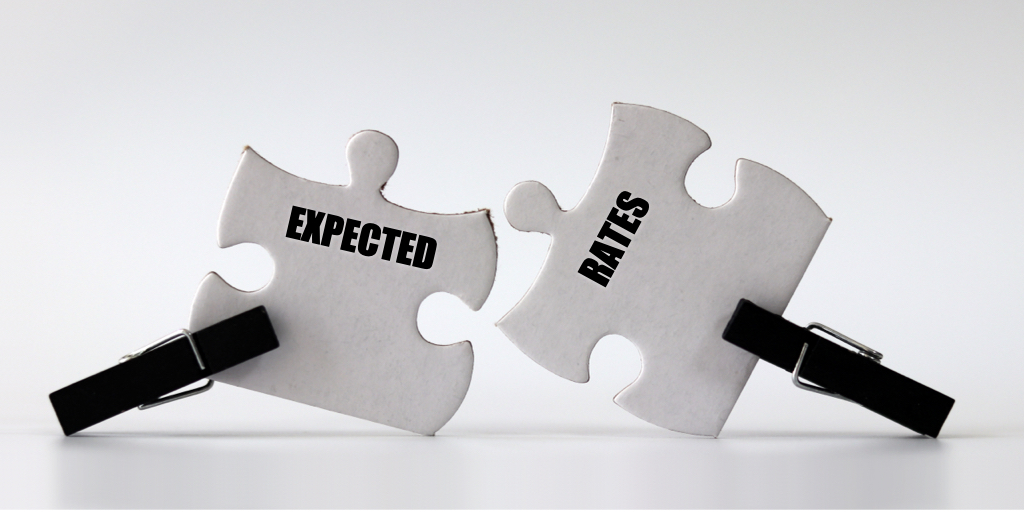The idea for Alive Inside!, a documentary about the effects of music on elders with dementia, began with 94-year-old Henry, who was unresponsive and “had been parked in the hallway of a nursing home for ten years,” says writer/director/producer Michael Rossato-Bennett.
When nursing home staff put headphones on Henry, connected to an iPod filled with songs from his youth, pathways in his brain lit up. He became animated, talking, singing, reciting poetry. This man, who had been virtually inert, said joyously, “Music gives me the feeling of love! I figure right now the world needs to come into music, singing. You’ve got beautiful music here. I feel a band of love, dreams.”
The relationship between music and memory
The protagonist of a novel describes he r mother’s descent into dementia as, “The memories are there but she’s lost the index card, so 1925 is not much different than 2012.”
r mother’s descent into dementia as, “The memories are there but she’s lost the index card, so 1925 is not much different than 2012.”
For the four million elders currently living with dementia at home, and the 680,000 in nursing homes, music is that index card. It may behoove your HECM clients and prospects who are concerned about cognitive impairment to learn how music favorably influences mental functioning.
People with dementia lose their forebrain; what a senior is left with is the deeper emotional systems, Rossato-Bennett explains. “People with dementia are still emotionally alive inside. Their heart remembers. Music is this channel that allows us to dive into our emotional beings. It exists in our DNA, but it’s put together by using all of our brain.
“Music ignites more parts of the human brain than any other stimulus: emotional, cognitive (with lyrics), rhythmic movement. Think of it this way: you’re in your mother’s belly with your head up against a drum for nine months. Babies come out laughing in the same cadence as their mother. Music is innate.”
Deeper connection across the generations
The human population pyramid has morphed. For millennia, it consisted of very few elders on top, and a wide swath of young people on the bottom. Everything flowed from this relationship.
Now, as the creator of assisted living observes, the pyramid has become a rectangle, and for the first time in history, a one-to-one relationship between old and young is possible. “It isn’t just, how do I find meaning as I become older: this is a shift in the environment that our species in inhabiting,” Rossato-Bennett explains.
He’s connecting disenfranchised young people with disenfranchised older people, and “the explosive magic that happens when we put them together” is the subject of his upcoming film sequel, “Alive Inside2”.
Elders want to engage across the life spectrum, not just with people their own age. Pairing young and old allows youngsters to positively affect older adults for the first time in their lives, and the mutual benefits can be profound. One 10-year-old girl Rossato-Bennett filmed said, “It was so amazing to me, to be with someone (the elder) who paid attention to only me.”
He affirms, “We’re just beginning the awakening that is possible.”
Tweaking the Aging Brain
This infographic indicates how the brain changes over time, and what we can do to slow the decline. Like Alive Inside, businesses, especially in the tech sector, are imagining new ways to reach beyond dementia to contact the person within, often incorporating music, such as this tablet app from Grey Matters. There is even a musical apothecary, which views music as medicine that can be dispensed without a prescription.
And sometimes, the connection between old and young has less to do with mental impairment than lifestyle. That’s what prompted 82-year-old Patrick O’Halloran, a former Jesuit priest and clinical psychologist, to connect beyond his cohort group: “I need to talk to Millennials,” he says. “At the senior center, I can sit down and schmooze, talk about jitterbugging. But it’s all the same perspective.”
While we wait for the cultural tides to turn, O’Halloran reached out as a result of a bad habit: letting the mail (and bills) pile up. He heard about linkAges, an intergenerational connectivity platform, signed up, and the first volunteer, a student at a nearby university, arrived with three of her friends. O’Halloran ordered pizza, and the quartet spent the day swapping stories. “It’s really fun, to be able to go back and forth like that,” O’Halloran says. “I have something to give and share, and I have something to gain.”










No comment yet, add your voice below!